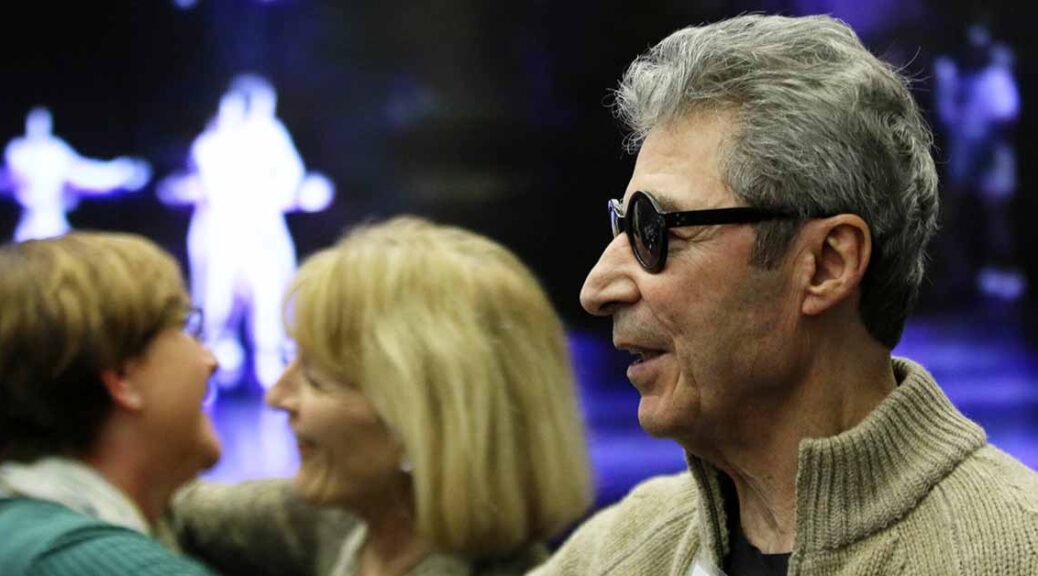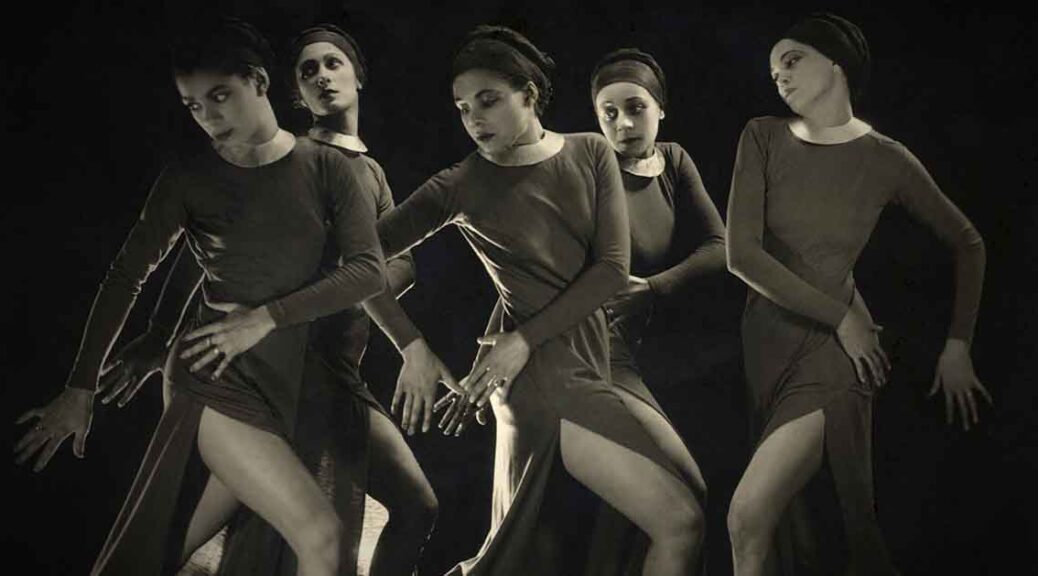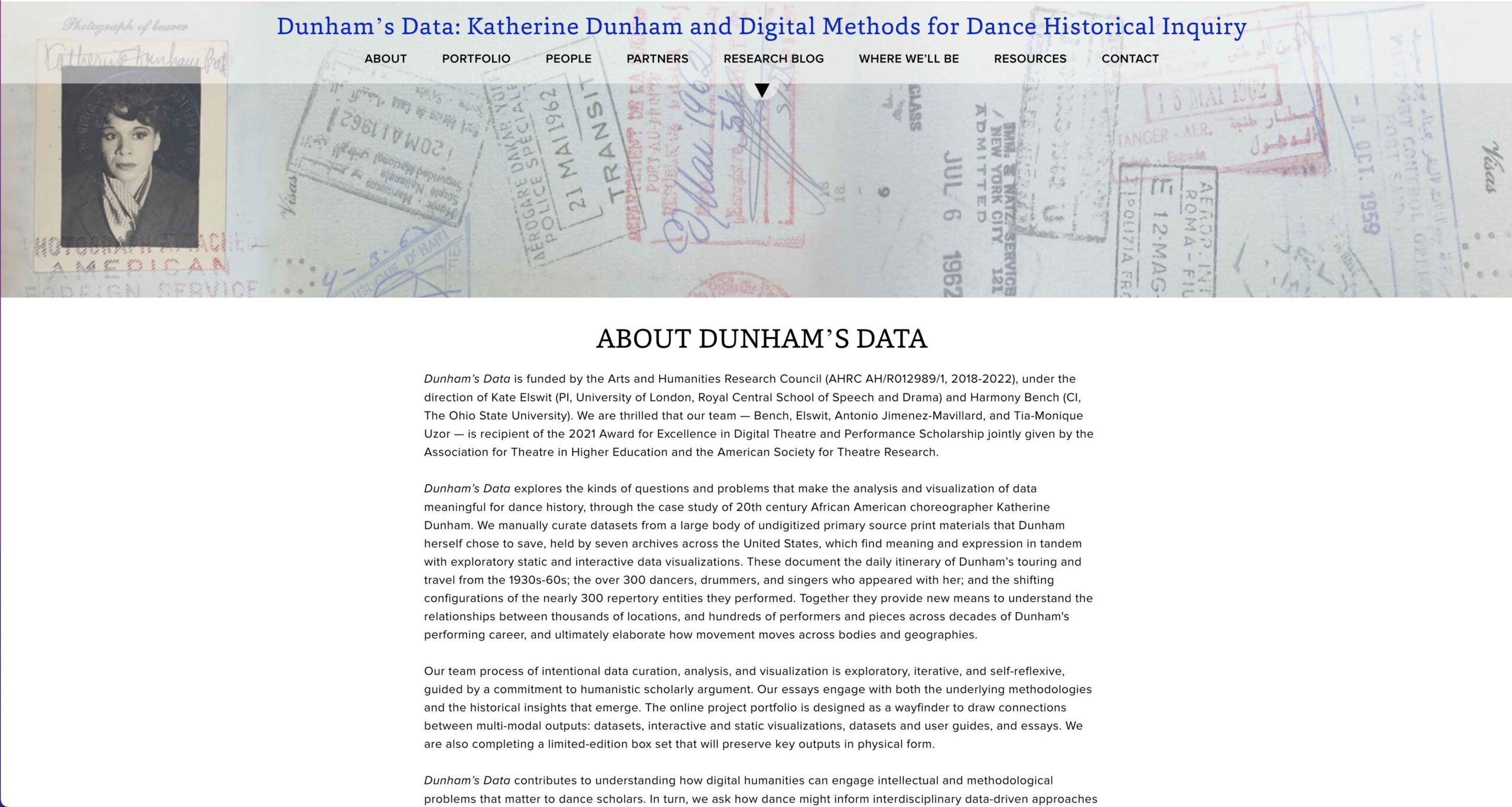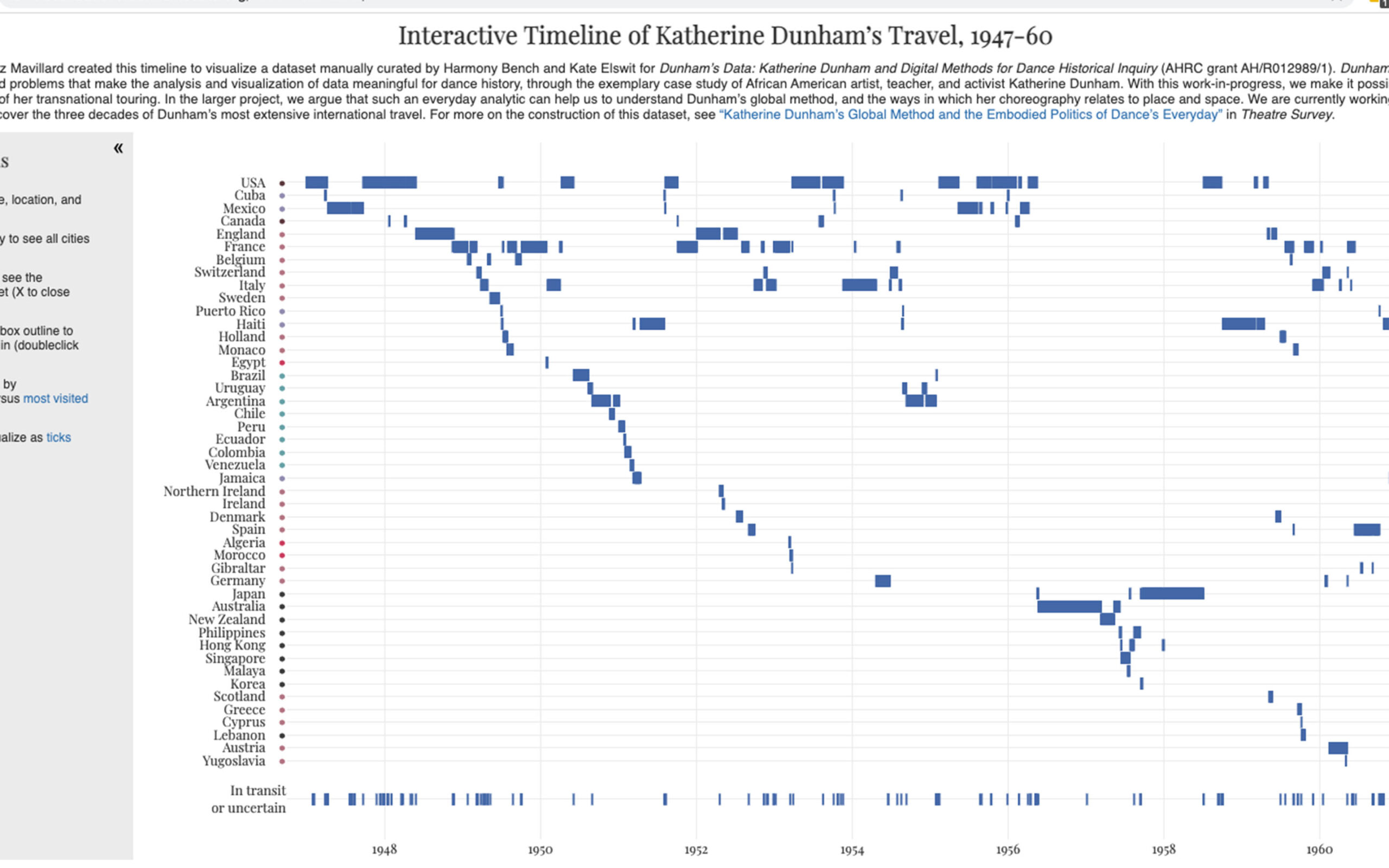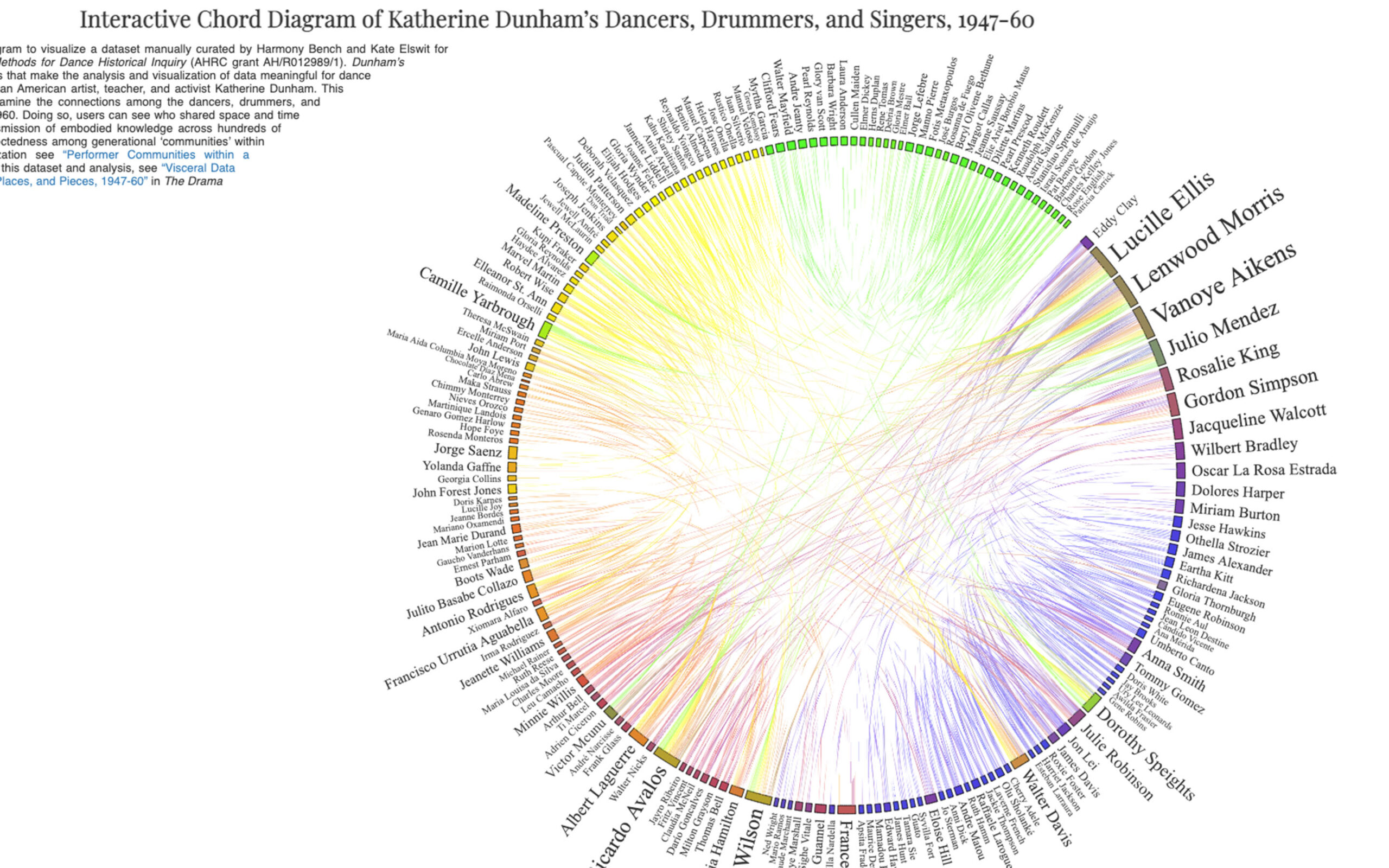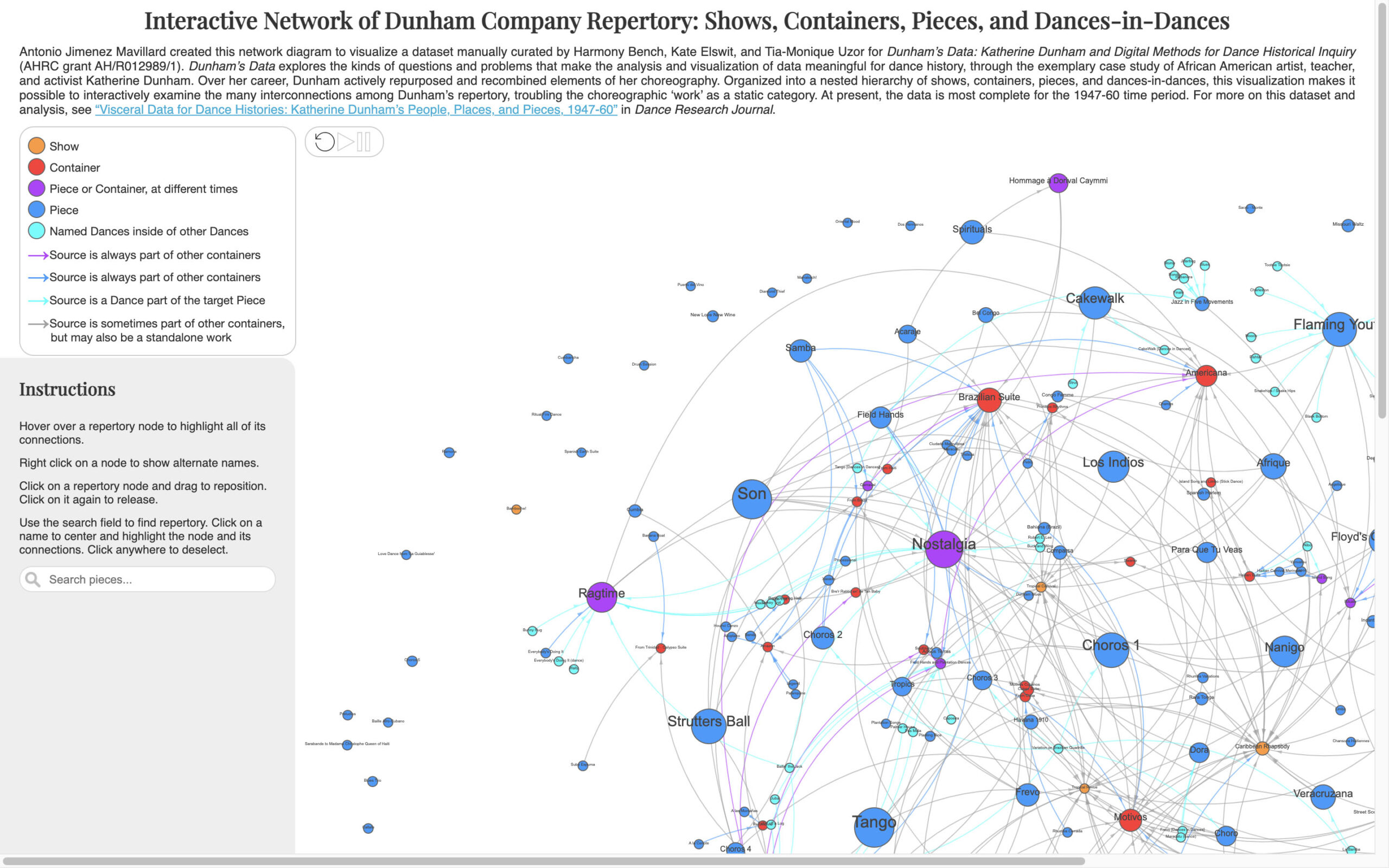A graduate costume design class recently visited the Fine Arts Library to learn more about library resources. I was thrilled to be able to share with them excerpts from performances by Sharir+Bustamante DanceWorks, projecting video clips such as 2001’s Automated Body Project on our media wall. To everyone’s delight, we then had the chance to view the actual physical costumes seen in the video footage, examples we now understand as early explorations in wearable technology.
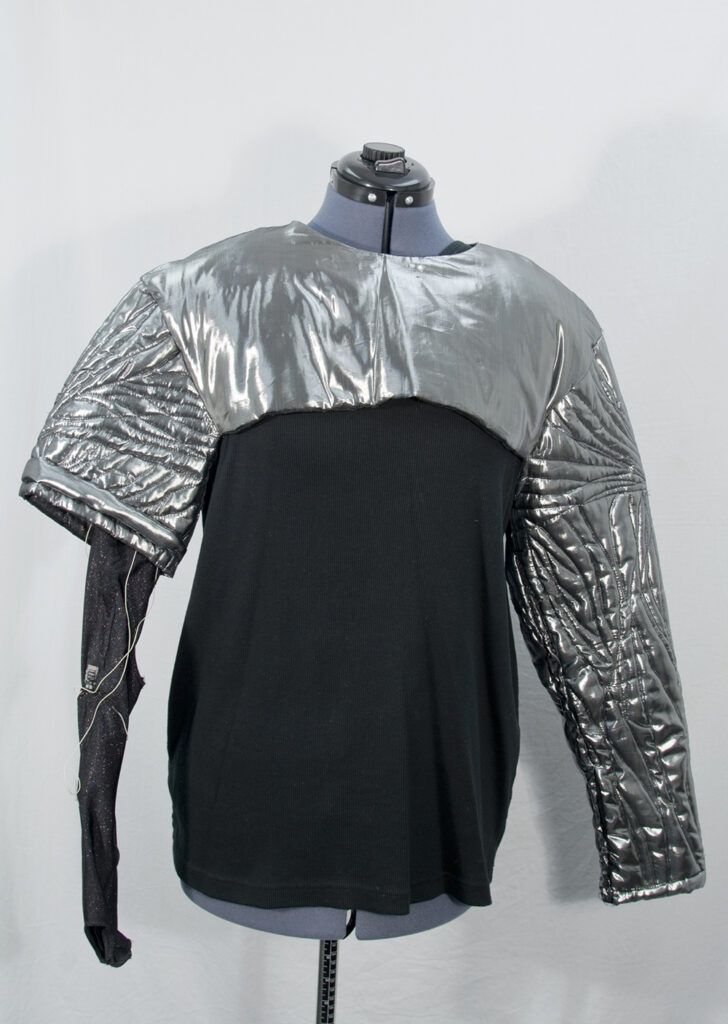
It was exciting to witness the students engage with these artifacts, thoughtfully analyzing form and function through the lens of design; posing insightful questions; and drawing connections to their course material, ongoing discussions, and personal experiences.
This interactive instructional opportunity was only possible through the generous donation of Dr. Yacov Sharir, who gifted his archive to the Fine Arts Library in 2016. Sharir came to Austin in 1978 to start the American Deaf Dance Company and became faculty at UT shortly thereafter. In 1982, the Sharir Dance Company became the professional company-in-residence at the UT Department of Theatre and Dance. (The company later took the name Sharir+Bustamante Danceworks in 1998, acknowledging José Luis Bustamante as co-artistic director). Sharir was an early innovator in the area of dance and digital technology, and his work has had a profound impact not only on the University, but on the Austin modern dance community as a whole.
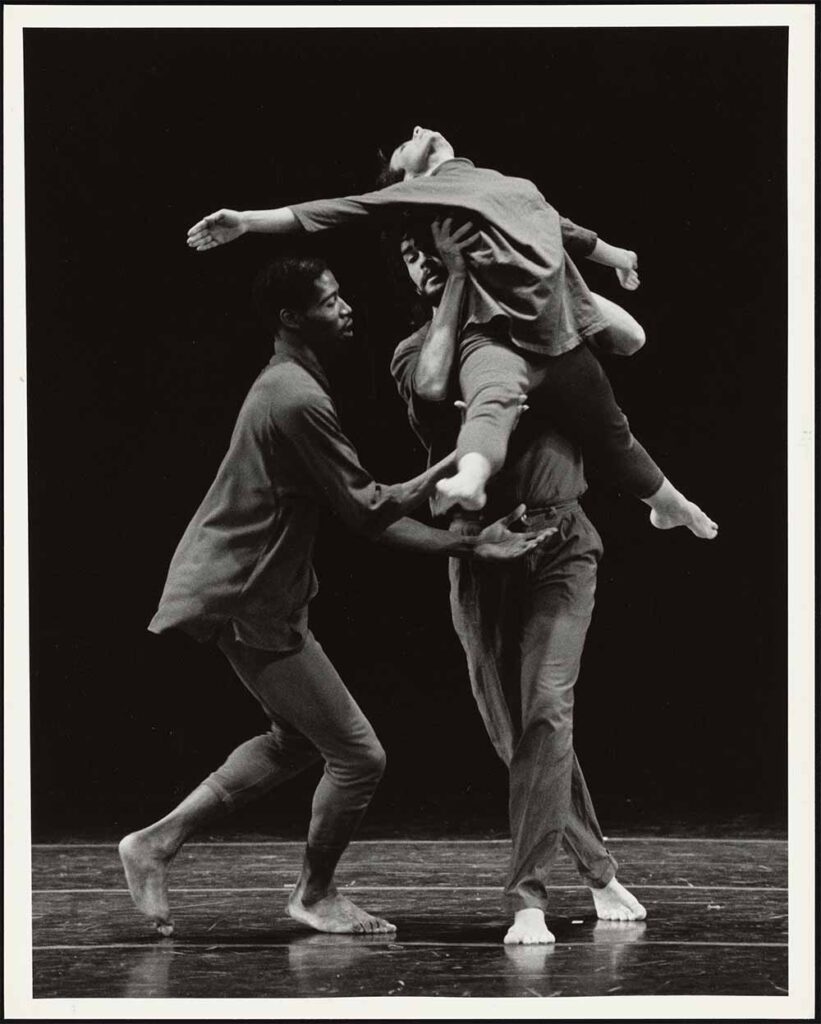
Sharir passed away on September 29, 2023, at the age of 83, leaving behind a rich legacy as an artist, educator, and mentor. As we remember, honor, and celebrate this legacy, the gift of his archive takes on a deeper meaning, an enduring offering for many more groups of students and researchers to come.
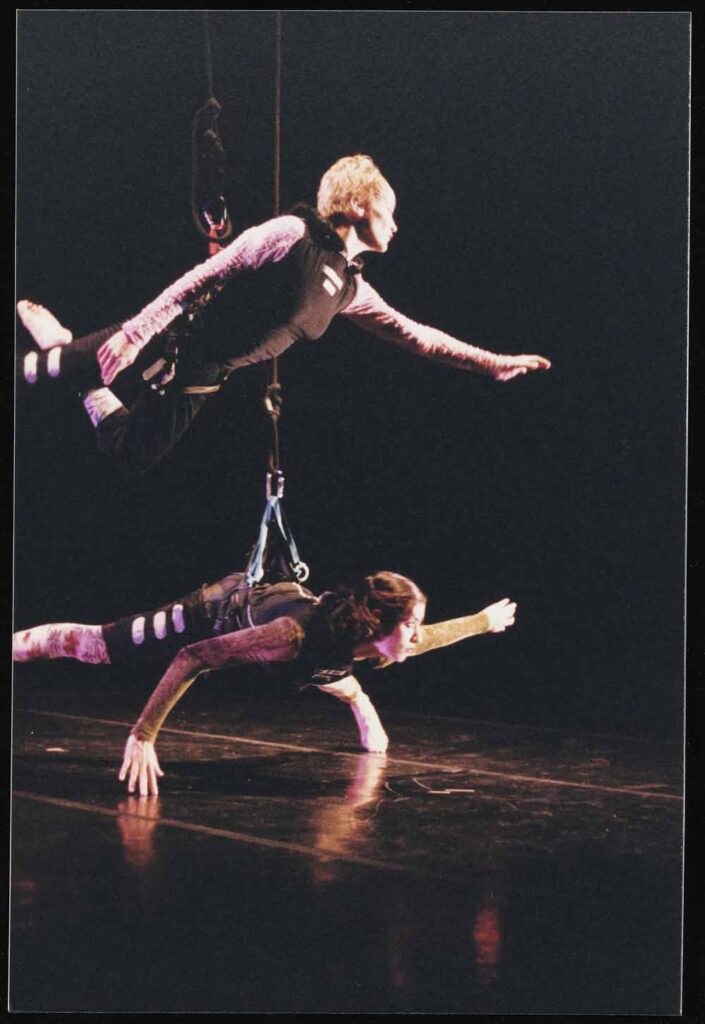
I encourage you to explore the Sharir and Sharir/Bustamante Dance Collection which includes videos, photographs, programs, press materials, art, costumes, and virtual reality equipment. It features the choreography of Sharir and Bustamante through the 2007 final season of S+BDW and beyond, along with the work of many guest artists and collaborators. Owing to the combined efforts of former Theatre and Dance Librarian Beth Kerr, research assistant Katie Van Winkle, and many folks in UT Libraries’ Digitization Services, a large portion of the collection has been digitized, and is openly accessible to the public on Texas ScholarWorks.
View the Sharir and Sharir/Bustamante Dance Collection on Texas ScholarWorks.
For access to the complete archive, contact Molly Roy.

